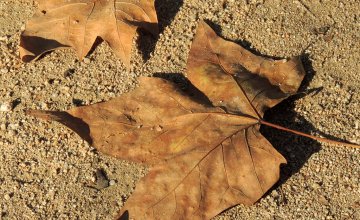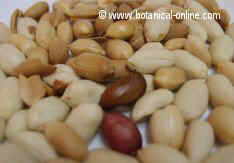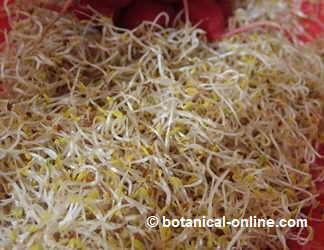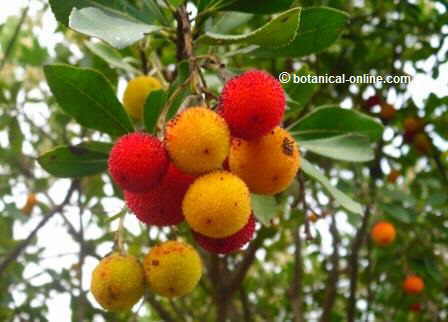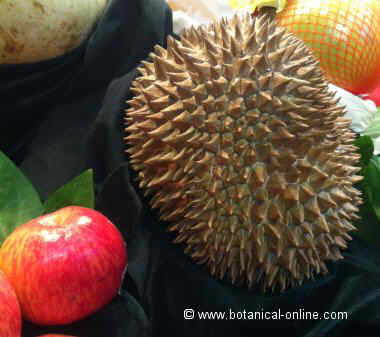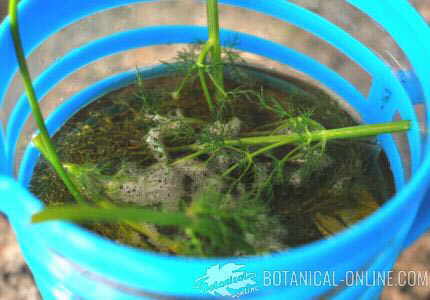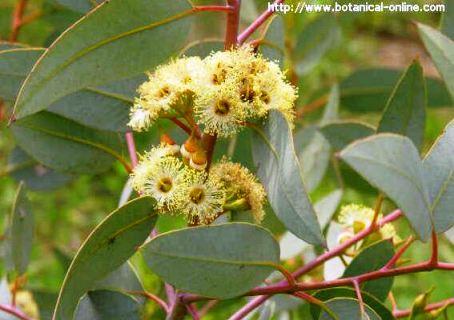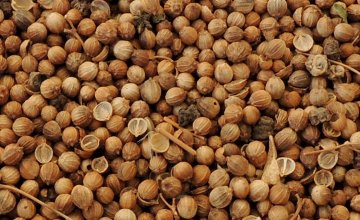Contents
- 1 HOW TO GROW BIRCHES
- 1.1 Characteristics of birch
- 1.2 Description of a birch
- 1.3 Irrigation of Birch
- 1.4 Birch uses
- 1.5 Industrial uses of birch
- 1.6 Environment and exposure of Birch
- 1.7 Soil, fertilizer and maintenance of Birch
- 1.8 Reproduction of Birch
- 1.9 Pests and diseases of Birch
- 1.10 Main diseases of Birch
- 1.11 Main pests of Birch
- 1.12 Other factors:
HOW TO GROW BIRCHES
 Characteristics of birch
Characteristics of birch
Birches are trees or shrubs in the genus Betula in the order of Fagales which includes other trees such as oak, beech, alder, etc.
Birches grow in the mountains or in northern temperate zones.
Some of them are large forests in Scandinavia in latitudes far to the north of the Arctic Circle. They bloom from April to May and the seeds ripen from July to August.
Description of a birch
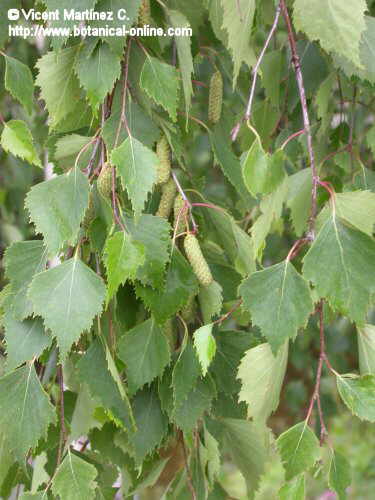
Photo of birch leaves and catkins
Birches usually appear as medium trees or specimens of a bushy form.The latter are more common in high places or in very cold areas.
Birch leaves are simple, alternate and petioled; they are about 3 to about 8 cm and are usually serrated, though there are species that have lobes. Many of them are diamond-shaped and often sharped.
The branches and trunks usually have a more or less clear gray bark, often split into layers as the tree gets older and the lower crust reveals a different color depending on the species.
This bark is rich in oils and components that make it highly resistant to environmental assaults. This is one of the reasons why this tree can withstand the cold and wind of the northern latitudes.
Birches are trees with separate male and female flowers on the same tree (monoecious trees.) Flowers develop in a plant formations called catkins, which may be erect or hanging and are formed by grouping a series of overlapping bracts.
Male flowers have 2 to 4 filaments and are grouped in threes in the axils of each bract. The male catkins hang at maturity.
Female flowers appear in groups of 2 to 3 in the axils of the bracts. Each has an ovary with one egg and two styles. The female catkins are pendent.
Birch fruits have the shape of winged achenes, which encourages them to seed dispersal by wind.
 Irrigation of Birch
Irrigation of Birch
The birches have very shallow roots so they need that the crust of soil is kept moist.
When it is dry, or during dry periods, they require heavy irrigation. These trees, in their natural environment, grow near rivers, high mountains or in far northern latitudes where soil moisture is high.
They do not like dry environments, hence they grow near rivers.
 Birch uses
Birch uses
It is a fast growing tree (up to one meter per year) but it does not reach gigantic proportions and often lives just for a few years, starting to degrade after 100 years. It is approximately 12 meters wide, a measure that usually it reaches after about 50 years. (A 32 meters high tree is known in Finland)
In natural conditions, it is usually a transition tree which is replaced by more lating species. In wild state, it is an opportunistic species that usually reforests empty spaces of the forest, allowing other trees to grow in his shadow until they grow over it and take all the light from it. It is very very suitable for difficult land because their roots are beneficial to transform the ground. Studies in the forests of Norway have led to the conclusion that the combined birch spruce (Picea abies) lowers the rotting fungi of this tree roots.
In gardening, it is suitable for big gardens, parks and avenues. It is an elegant tree that stands out because of the white color of the surface crust of their trunks, which contrasts with the darker colors of the lower crust that appears when the surface crust falls.
The Japanese white birch (Betula platyphylla var japonica) has a white crust that contrasts with its dark green leaves. Furthermore, when the autumn comes, its leaves turn to yellow, brown or orange tones. Some species, like the American yellow birch (Betula alleghaniensis), are bigger than the rest of birchs and are very eye-catching with its light yellow color in autumn.
From an ecological point of view, it is a tree that can support a variety of insects without being affected by them. It is estimated that more than 200 species of insects can live on one single tree.
Industrial uses of birch
For industrial uses thick specimens are recommended. Their wood can be used industrially. In many species (gray birch, Betula populifolia), the wood is soft but very resistant to rot and it is rich in essential oils. In this case, it is used primarily for the manufacture of crates, pallets for transportation and especially for paper pulp or for firewood.
Others, such as the yellow birch (Betula alleghanensis) and black birch (Betula nigra) from America, have a very hard wood used to build furniture and other objects of lathe.
 Environment and exposure of Birch
Environment and exposure of Birch
The birch trees are sun lovers, so they need a sunny or bright place. They can not grow in the shade and, in fact, are usually removed when larger trees grow next to them removing the light.
They prefer cool climates and resist very low temperatures. They need low temperatures, at least during hibernation.
They can stand the wind, and when wind is regular, it determines the growth of the branches which acquire odd shapes and give the tree an unbalanced port. Species are fairly flexible but strong winds usually break their branches with ease. They cannot stand sea winds.
 Soil, fertilizer and maintenance of Birch
Soil, fertilizer and maintenance of Birch
They tolerate most soils, including limestone, although in general, they prefer slightly acid clay soils with a pH below 6.5. Some species, like the downy birch (Betula pubescens Ehrh) prefer siliceous land and live in highly acidic peat soils.
Generally, they prefer well-drained soils, although some species such as downy birch (Betula pubescens) grow well on waterlogged swamps around northern Europe.
Applying ammonium nitrate in early spring at a rate of 8 kg per 100 m2 can be considered. This will encourage leaf growth and enhance the trees, preventing the emergence of many fungal diseases.
Pruning is only necessary to remove the injured, infected or sick material. It is appropriate that the soil presents abundant moisture to a depth of 45 cm; so during dry seasons, trees will be watered thoroughly every week.
 Reproduction of Birch
Reproduction of Birch
It is done by seeds. A tree can take up to 15 years to produce seeds.
The seeds are sowed in nurseries in spring. Seeds should be covered if the weather is cold to speed up germination.
Once sprouted, when it can be handled, the seed is transplanted to a pot that must be keep out the cold, at least during the first year, until it is transplanted in the spring in its final position.
 Pests and diseases of Birch
Pests and diseases of Birch
Main diseases of Birch
- Soot Disease: Characterized by a layer of black color that stains the branches and leaves. The secretions produced by the insects on which many fungi develop. This blackish layer can be washed, although it usually appears under a diseased tissue affected by the fungi that have been developed on the soot. On other occasions, although the fabric is not damaged, the presence of the black patina prevents the plant to breathe properly. Among insects disease producing soot. are aphids, aphids, whiteflies, etc.. The best form of prevention or treatment of disease control with insecticides of insects that produce soot.
- Rust: A disease caused by the fungus Melampsoridium betulinum, which attacks the leaves. It is characterized by the appearance of round orange spots on the underside of the leaves. The fungus also attacks the trunk of the tree and causes it to break easily.
- Birch besom: A disease caused by the fungus Taphrina betulina. In the leaves appear yellow spots with brown center. Determines a lower growth of leaves that end up falling off and dried. It also produces a lower production of wood by preventing this growing volume. Accumulation occurs in outbreaks that are shaped like a broom, which gives its name to the disease.
- Anthracnose and leaf spots: spots are brown or gray surrounded by a yellow halo that occur on lower leaves. These patches usually grow and cause defoliation of the branches or the tree affected. Other times the show stained leaf pieces, leaving holes or gaps in it.
- Leaf spots are produced by different fungi (Discula betulin, Venturia, Gnomonia, Septoria, Marssonina, Phyllosticta, Physalospora, etc.) The best way to prevent the attack of these leaves is to do a good cleaning of all material on the ground where they usually hibernate these parasites. It is convenient to cut the branches or parts of the infected tree and check the health of it with an adequate irrigation and fertilization. An analysis of the infected material will provide the type of fungus attacker to apply the appropriate fungicide.
- Ink disease (Phytophthora cinnamomi Rands / Phytophthora cambivora Buis) is a fungus that lives in soil and causes death of the leaves and the appearance of a spot at the base of the trunk. Occurs and spreads more easily in places where water puddles. No possible cure and prevention is focused on finding soils with better drainage. Although it affects mostly the brown can also attack the birch.
- Birch Polypore/Razorstrop (Piptoporus betulinus) is a type of parasitic fungus that the alders. It is shaped like a semicircle and may measure up to 25 cm in width. It lacks standing and it is light brown with white underparts. Its texture when ripe is hard. The spores are dispersed by the wind and rain and infect the tree, taking advantage of injuries or other diseases. The best way to prevent it is to avoid causing injury to the tree and increase its force with an appropriate watering and nutrients.
- Fungi: They develop especially at the base of the trunks and roots. Damage is primarily produced by fungi of the genus Armillaria in the autumn. Trees are infected through contact of the roots or wives who are dispersed by rain or wind. It gives little vigorous trees usually affected by other diseases, when the trees are too close together or on land with poor drainage. A good way to avoid it is to maintain specimens in good helath, in a bigger space and avoid damp spaces or those that retain too much water.
Main pests of Birch
- Lepidoptera: winter moths (Operophtera brumata) and the autumnal moth (Epirrita autumnata) are brown butterflies which larvae appear in early March to dig tunnels in the shoots. When they are older they feed on the leaves can cause defoliation of the tree. It is particularly harmful to the last major defoliation may occur. The treatment involves implementing oil in early spring when the temperature is above 7 degrees to avoid damaging the tree. Other chemical insecticides to kill the caterpillars can be used.
- Aphids: These usually develop in young shoots.
- Woodboring beetles: They feed on wood specimens weakened or dead.
- Squirrels: They eat the tender leaf and may even produce the court and the downfall of young branches.
- Yellowbellied sapsuckers and woodpeckers: They are birds of the genus Sphyrapicus. In America and Europe sapsuckers woodpeckers produce holes in the trunk cutting off the sap that determines many dry branches or leaves. In addition, these birds drink the sap of these trees and the wound produced by the fluid coming out is also drunk by the hummingbird. In addition, these wounds can cause other infections.
- Moose, reindeers and field mice: They eat mostly leaves and twigs younger specimens.
Other factors:
- Drought: The drought may cause leaf yellowing and death of parts of the tree or some branches.
- Crustal vertical cracks: They are caused by extreme cold. These wounds are the gateway to many parasites that can cause illness.
- Broken branches: Wind, lightning and storms are another factor that cause breakage and falling branches and can cause death of the specimen concerned.
![]() More information on birch.
More information on birch.

 Irrigation of Birch
Irrigation of Birch